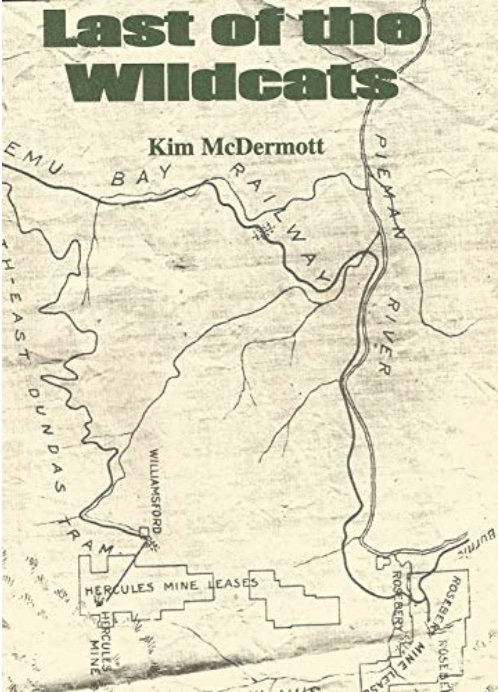Surveying on Surrey Hills Part 2 – From Chain to GPS
Surveying on Surrey Hills Part 2 – From Chain to GPS Read More »
Every Fraser Island visitor has seen or knows about the Maheno wreck on the eastern shore about five kilometres north of Happy Valley. These days it is a tourist attraction and photographic stop. It must be the most photographed piece of rust in the world. The rusted remains, however, bear no resemblance to the luxury liner that plied its trade between Australia and New Zealand and the war-time hospital shipping the Mediterranean.… Read more
The slow disappearance of one of Fraser Island’s tourist icons Read More »
Introduction
Earlier this month, I outlined a historical account of the utilisation of rainforest timbers in New South Wales (NSW) and the challenges foresters faced to ensure the cut was sustainable. Rainforest timbers were in high demand for various purposes, such as fine furniture and cabinet work crafted from red cedar and rosewood or boats planked and decked with white beech, decorative veneer, furniture, sports gear, craft use and specialist military purposes. … Read more
“History will be kind to me for I intend to write it” ― Winston S. Churchill
Introduction
One of the great joys I have experienced during my working career and travels around Australia has been the opportunity to walk through rainforests. There is no better feeling. While protected from the heat of the day, or from bitterly cold winds, the chance to walk beneath the towering trees under a closed canopy of large shady leaves allows the opportunity to listen to the cacophonous bird songs.… Read more
The truth behind the rainforest battles in NSW (part 1) – the historical background Read More »
In September 1939, at the start of World War II, Japan was embroiled in its invasion of China, and Australia committed its troops overseas to help Britain. By early 1941, Australia had sent three infantry divisions and substantial air and naval resources to the Mediterranean and European theatres. Thus, in December 1941, when Japan entered the war against the Allies, much of Australia’s armed forces were heavily involved in campaigns far from home.… Read more
Training for bombing raids that never came Read More »
“There was not much money anywhere and if you saw a rabbit, that was money. If you could get him, it was a bit of silver in your pocket”. Max Weber
The rabbit comes to Australia
Queensland, like other states, has suffered damage from several introduced pests, particularly prickly pear and the cane toad.… Read more
A town that lived off the rabbit’s back Read More »
… Read more“By limiting access to a public space based on religious beliefs and a narrow definition of identity, the rights of those who do not fit these criteria are unequivocally violated. The park, funded by taxpayers and intended for the enjoyment of all, is being co-opted by a specific group, imposing their beliefs onto the general population”.
Stealing a mountain – a warning for all of us Read More »
Herbert Illichmann has provided some bits and pieces about a gentleman called Harry Fisher. Unfortunately, information about Harry is scant, but there are references to him in Kim McDermott’s excellent book Last of the Wildcats and the memoirs of Herbert’s father-in-law, Lindsay Wilson.

There are also a couple of newspaper articles about Harry, but because Lindsay didn’t provide specific dates, I cannot find them.
A bushman and his dogs Read More »
Australia is home to a fascinating diversity of unique animals and birds. One of the most intriguing is the emu.
My only real interest in the emu was when I played rugby for the Orange Emus in my younger years. It wasn’t until I travelled around the country that the emu became part of my consciousness.… Read more
An intriguing Australian animal Read More »
The average voter has been fooled. Locking up trees in national parks is a con. Blaming their demise on “climate change” is a lie. Excluding people who love and care for the environment is a travesty.
Tom Marland
Introduction
As we celebrate World Endangered Species Day on 19 May, I thought it timely this month to look closely at how species are faring in Australia, particularly in reserves authorities have established to protect them.… Read more
Proof that species are declining in our reserves set up to protect them Read More »